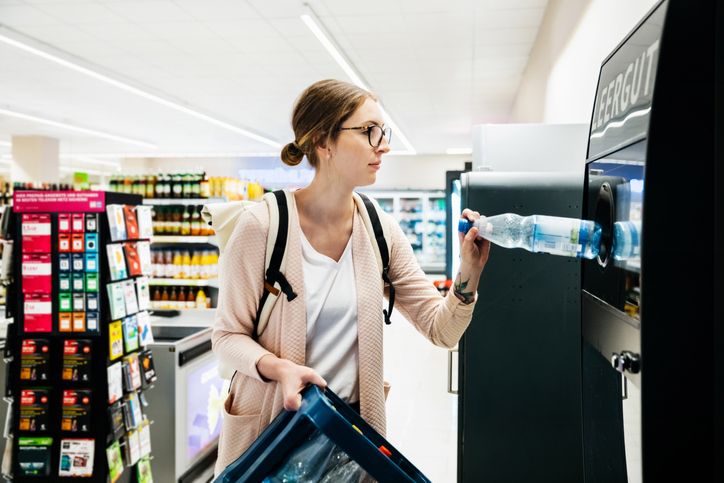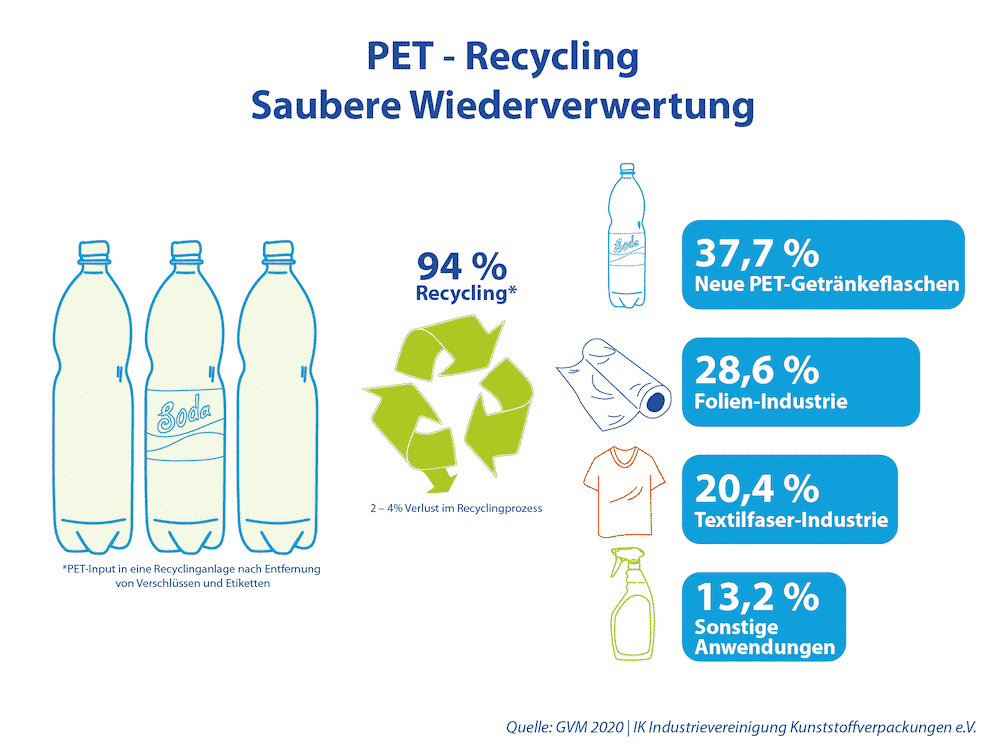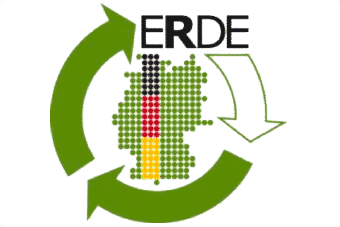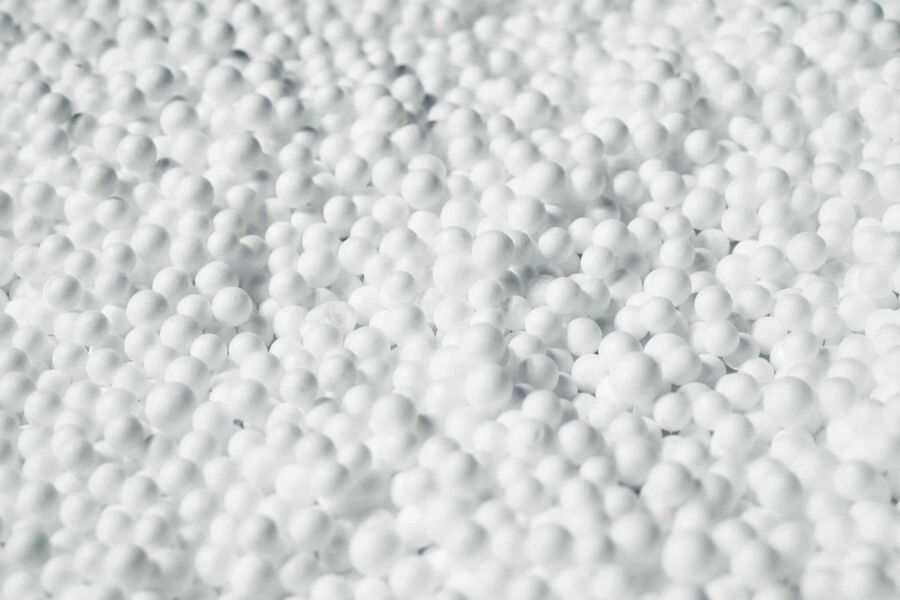High recycling rate, growing use of recycled material and less weight
Closed material cycles are the key to the environmentally friendly and responsible use of plastic products. The recycling of PET beverage bottles in particular has become a model in recent years. The success of PET recycling in Germany is demonstrated by the study “Aufkommen und Verwertung von PET-Getränkeflaschen in Deutschland 2019” (Emergence and recycling of PET beverage bottles in Germany 2019) conducted by market research company Gesellschaft für Verpackungsmarktforschung (GVM).

The German deposit system is considered a leading model in international comparison And it’s no wonder – 94 percent of all PET bottles were recycled in 2019.
According to the study, 94 per cent of all PET beverage bottles are recycled, and the recycling rate is almost 100 per cent. There is also a clear trend towards the use of recycled material: a PET bottle today consists on average of 30 percent recyclate.
 “High recycling rates and the use of recycled material for PET beverage bottles have been standard in Germany for years,” explains Dr Isabell Schmidt, Managing Director of the IK Industrievereinigung Kunststoffverpackungen e.V. (German Association for Plastics Packaging and Films). “This makes the German recycling system a prime example of efficient recycling structures in an international comparison.” The updated GVM study confirms this statement: The recycling rate for PET beverage bottles remains at a high level of 94.1 percent. In 2019, as many as 97.5 percent of deposit bottles made of PET were recycled. If energy recovery is also taken into account, 99.9 percent of all PET beverage bottles were recycled last year.
“High recycling rates and the use of recycled material for PET beverage bottles have been standard in Germany for years,” explains Dr Isabell Schmidt, Managing Director of the IK Industrievereinigung Kunststoffverpackungen e.V. (German Association for Plastics Packaging and Films). “This makes the German recycling system a prime example of efficient recycling structures in an international comparison.” The updated GVM study confirms this statement: The recycling rate for PET beverage bottles remains at a high level of 94.1 percent. In 2019, as many as 97.5 percent of deposit bottles made of PET were recycled. If energy recovery is also taken into account, 99.9 percent of all PET beverage bottles were recycled last year.
Bottle-to-bottle recycling is growing significantly
The recyclate obtained from the recycling process is being increasingly used in the bottle-to-bottle cycle. More than 37 percent of the recycled PET material is used to produce new PET bottles – an increase of 5 percentage points over 2017. This significant growth is also reflected in the use of recycled PET beverage bottles. On average, every PET bottle in Germany consists of almost 30 percent recycled material. In 2017 this figure was still 26 percent. The German PET industry thus already meets the EU Commission’s planned 2030 regulations on the use of recyclate in PET beverage bottles.

“High recycling rates and the use of recycled material for PET beverage bottles have been standard in Germany for years,” explains Dr Isabell Schmidt, Managing Director of the IK Industrievereinigung Kunststoffverpackungen e.V.
Forum PET within the IK supports this trend. “The use of recycled PET and the reduced use of materials are having a very positive effect on the ecological balance of PET bottles. This is confirmed by numerous studies,” explains Dr Isabell Schmidt. “This is why we support our members in their efforts to further increase the recycled content of their packaging.” Forum PET also advocates initiatives to increase the recycling rate, including the target of the RAL Gütegemeinschaft Wertstoffkette PET-Getränkeverpackungen (RAL Quality Assurance Association for the Recyclable PET Beverage Chain). This requires PET beverage bottles bearing the RAL quality seal to be made of 50 percent recycled material by 2022.
A positive contribution to this development could be made by the fact that the recycling of PET bottles has been taking place exclusively in Germany or in neighbouring countries for almost two years. PET bottles are no longer exported to countries outside Europe. As a result, more high-quality recyclate is available to the German PET industry.
Revised study into the PET recycling process
The GVM study is based on 2019 data. The company examined all beverage segments relevant for PET bottles in the deposit and non-deposit beverage sector. Both single-use and reusable bottles were evaluated. PET beverage packaging for milk, milk-mix and milk-based drinks, which is less significant in terms of volume, and PET bottles for non-beverages were not included in the investigation.



